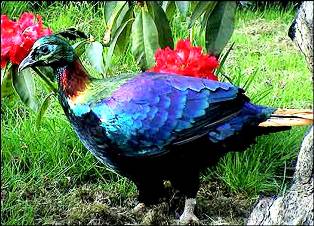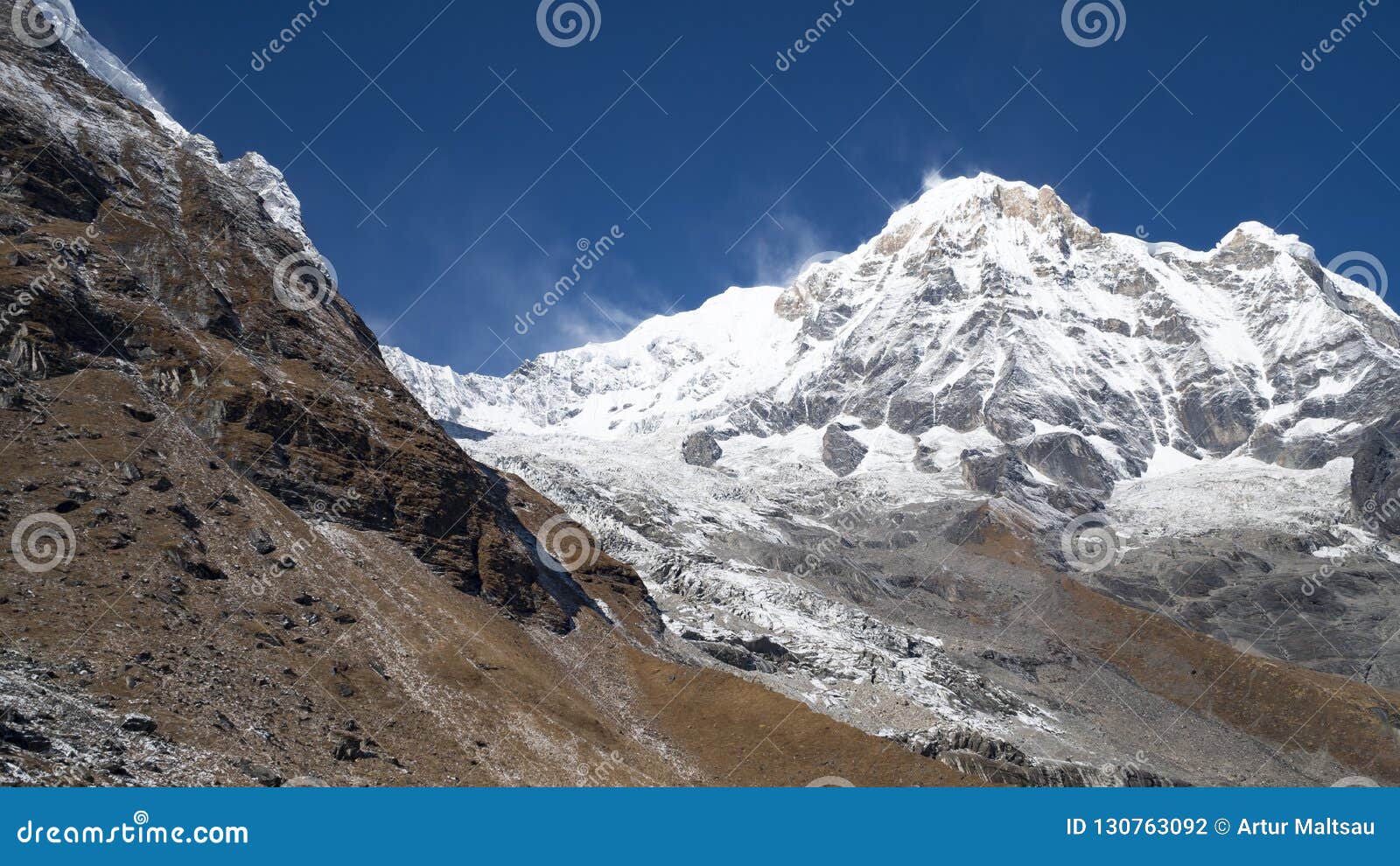Himalaya By Merlin
Nepal Studies Association Newsletter Yale Himalaya Initiative Fall 1979 Nepal Studies Association Bulletin, Nos. Oregon, by Merlin Chase. NEPALESE STUDENTS.

502: Lifestyle Billy Butcher. DISCUSSED: Merlin has a lot to say about the benefits of making lists; this leads to an old-school stemwinder on 'Journal' calendars, functional playlists, shared Notes, the lessons of the cutlery drawer, desire paths, arbitrary grids, 'Reference' albums, urban bike hooks, auxiliary paper towel holders, and more; praise for The Boys; the magical combination of. We strive to deliver quality products both locally and globally and are committed to excellence at every step.
This is a list of people claimed to be immortal. This list does not reference purely spiritual entities (spirits, gods, demons, angels), non-humans (monsters, aliens, elves), or artificial life (artificial intelligence, robots).
Himalaya Botanique Toothpastes + Hair care + Shampoos + Conditioners + Hair Creams + Indian Herbs + Skin care + Day & Night Creams + Face Washes & Scrubs + Face Masks + Lip Balms + Treatment + Indian Herbs + Body care + Soaps + Body Lotions + Hand & Foot Creams + Health Care Creams & Oils + Universal Creams For Face and Body + Baby Care + Gift. The high Tibetan plateau is the rooftop of Asia, hidden from the Indian subcontinent behind the ramparts of the Great Himalaya. Despite Chinese-led modernisation, Tibet's great monasteries still hum with murmured mantras and the flicker of yak butter lamps. Sublime landscapes, ranging from rolling grasslands to high-altitude turquoise lakes, a.
This list comprises people claimed to achieve a deathless existence on Earth. This list does not contain those people who are supposed to have attained immortality through the typical means of a religion, such as a Christian in Heaven. It also does not include people whose immortality involves living in a place not on Earth, such as Heracles on Mount Olympus[1] or the Eight Immortals of Taoism in Mount Penglai. It also does not include people who, according to their religion, became deities or actually were deities the whole time, such as Jesus of Nazareth (who as part of the Trinity was, according to Christianity, also God) or Parashurama according to Hindu mythology.
List[edit]
Himalaya By Merlin Trilogy
These listings are in chronological order, though some dates are approximate.
- Ziusudra (also Zi-ud-sura and Zin-Suddu; Hellenized Xisuthros: 'found long life' or 'life of long days') of Shuruppak is listed in the WB-62 Sumerian king list[citation needed] recension as the last king of Sumer prior to the deluge. He is subsequently recorded as the hero of the Sumerian flood epic. He is also mentioned in other ancient literature, including The Death of Gilgamesh[citation needed] and The Poem of Early Rulers,[citation needed] and a late version of The Instructions of Shuruppak refers to Ziusudra. AkkadianAtrahasis ('extremely wise') and Utnapishtim ('he found life'), as well as biblical Noah ('rest') are similar heroes of flood legends of the Ancient Near East.[2]
- Endymion, a shepherd in the Mount Latmus of Asia Minor. Artemis fell in love with him at first sight, but Endymion is a mortal, would eventually die naturally, so Artemis asked Zeus to grant Andymion eternal life, but the price was long sleep. Endymion still maintained a beautiful face and a gratifying smile after he fell asleep. Artemis was deeply moved by Endymion's beauty, so she would spy on him in the cave every night.
- Tithonus, who in Greek mythology was granted eternal life but not eternal youth. He was transformed into a grasshopper.[3]
- Ashwathama the Kaurava warrior after the kurukshetra was cursed by Krishna 'to be immortal and roam the earth without love, respect and social acceptance from anyone until the end of time'.[4]
- The Wandering Jew (b. 1st century BC), a Jewish shoemaker. According to legend, he taunted Jesus on his way to crucifixion. Jesus cursed him to 'go on forever till I return.' Thus, the Wandering Jew is to live until the second coming of Jesus.[5]
- John the Apostle (AD 6-101), one of Jesus's followers. Some Mormons, in conjunction with their own scriptures, interpret the biblical scripture found at John 21:21-23 to mean that John will tarry or remain on the earth until the Second Coming.[6]
- The Three Nephites (between AD 34 and 35), three men described in the Book of Mormon who are given power over death in order to fulfill their desire to minister among men until Jesus comes again.[7]
- Markandeya, a sage who was granted immortality at the age of sixteen.[citation needed]
- Sir Galahad (born 2nd-6th century), one of the three Arthurian knights to find the Holy Grail. Of these questing knights, Galahad is the only one to have achieved immortality by it.[8]
- Merlin (2nd century-6th centuries), the famous magician. In some accounts, Merlin is trapped by an enchantment by Nimue, and while some end with Merlin dying, in others he remains in the trap (variously a tomb, a cave, a mist, or a tree) indefinitely.[citation needed]
- Nicolas Flamel (c. 1330 – ), a French scribe and manuscript seller. He is believed to have found and decoded the everchanging book of Abraham the Mage, and found a spell for immortality, along with his wife.
- Count of St. Germain. Myths, legends, and speculations about St. Germain began to be widespread in the late 19th and early 20th centuries, and continue today. They include beliefs that he is immortal.
- Mahavatar Babaji (30 November 203 BCE), an Indian Kriya Yoga guru who is believed to have manifested 5,000 years ago in India and is still presently alive in his physical body. He is reputed to live in India or at the Himalaya mountain.[9]
Failed quests for immortality[edit]

- Gilgamesh (possibly reigned during the 26th century BC) after the death of his companion, Enkidu, Gilgamesh pursues immortality to avoid Enkidu's fate. Gilgamesh fails two tests and does not become immortal, realising instead that mortals attain immortality through lasting works of civilization and culture. Gilgamesh's story is among the oldest stories recorded.[10]
- Qin Shi Huang, the First Emperor of China who reigned during 259 BC–210 BC, also sought immortality in his old age. Twice he sent hundreds of people under the direction of Xu Fu to find the legendary elixir of life, but failed. He allegedly died of mercury poisoning after he had eaten too many mercury pills, prescribed by his court doctors to make him immortal.[11]
References[edit]
- ^While Mount Olympus actually exists, the Greeks understood a distinction between the Olympus of the Gods and the part that could be seen by humans. See Dudley, John (1846), Naology: or, A treatise on the origin, progress, and symbolical import of the sacred structures of the most eminent nations and ages of the world, F. and J. Rivington, p. 22
- ^Transliteration from 'The Flood Tablet' Tablet 256/Block 7 in The British Museum: ti digir-gin7 mu-un-na-sum-mu | zi da-ri2 digir-gin7 mu-un<na>-ab-e11-de3 (They brought down to him eternal life. Like that of a God). The Primeval Flood Catastrophe: Origins and Early Development in Mesopotamian Traditions - Y.S. Chen Page 244
- ^Murray, Alexander (1897). Murray's Manual of Mythology. Philadelphia: Henry Altemus. p. 187.
- ^'Aswathama Exists – Ashwathama Seen By People – Ashwathama Is Alive | Radhe Radhe | HariBhakt.com'. haribhakt.com. Retrieved 2017-05-15.
- ^http://ebooks.unibuc.ro/filologie/hebra/2-5.htm
- ^The Immortal by JJ Dewey
- ^3 Nephi 28
- ^Mickaharic, Draja (2007-05-01). Immortality. Lulu.com. ISBN978-1-4303-1751-7.
- ^'Mahavatar Babaji: The unknown 'immortal yogi''. India Today. Retrieved 2020-06-08.
- ^'The Eternal Life of Gilgamesh'. Ancient History Encyclopedia. Retrieved 2020-06-09.
- ^Glancey, Jonathan. 'The army that conquered the world'. www.bbc.com. Retrieved 2020-06-09.


Himalaya By Merlin Youtube
